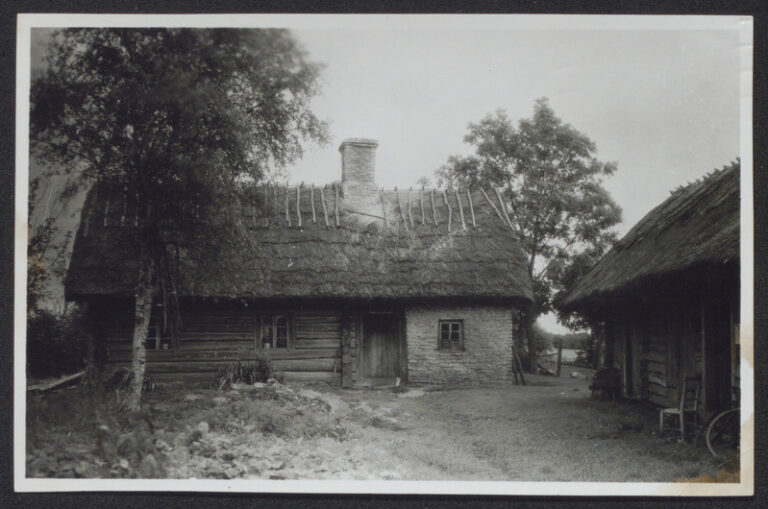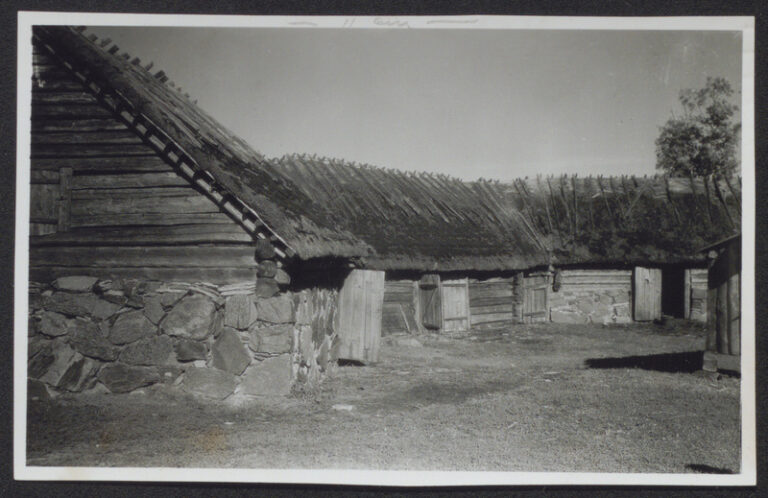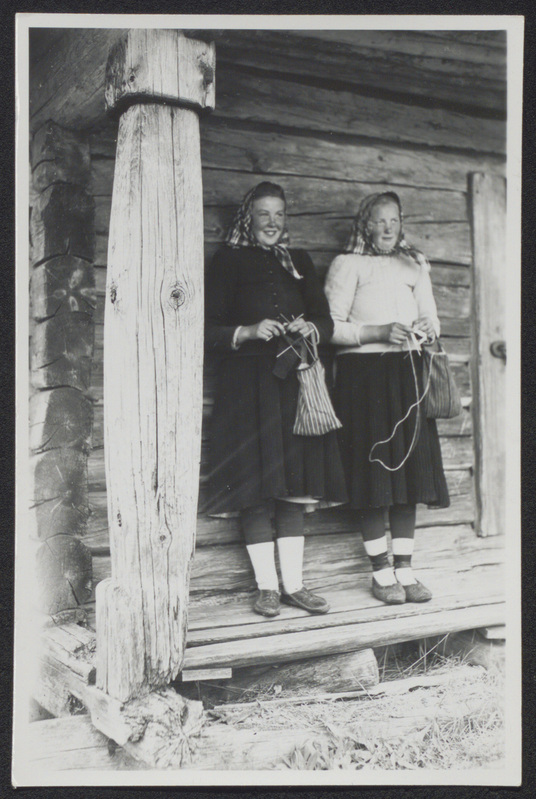Everyday life of Estonian Swedes
Bread and butter of Estonian Swedes
For centuries, Estonian Swedes were known for their mastery of building wooden boats. This craftsmanship was passed down from generation to generation. Each island had different kinds of boats. Some ship models are displayed in the museum, which studies and even builds the traditional wooden boats used by Estonian Swedes. Their largest example is currently the Ruhnu yawl.
The Estonian Swedes mostly made their living from the sea. The people of Osmussaare hunted waterfowl and sealing played an important role on all the islands. At the same time, they also raised livestock. Compared to Estonians, the Estonian Swedes had large herds of pigs, cows, sheep and goats. They kept poultry and were skilled cheese makers. Even though the rocky soil made farming difficult, they still managed to grow barley, rye, swedes and later potatoes. On top of that, the Estonian Swedes were skilled craftsmen, making everything from clothes to guns with their own resources. As able seafarers, they visited Finland and Sweden for trading.

Music
The Estonian Swedes brought their own culture with them and each region wore its own costume. There were various societies dedicated to music, singing and plays that helped to preserve local traditions and folk dances. Various instruments were played. The talharpa was a beloved instrument on Vormsi already in the Middle Ages – every man knew how to build and play one. Unfortunately, the talharpa was ostracised in the turmoil of history and forgotten for more than a century. From the early days, bagpipes were played on the Pakri islands, while the violin and melodeon were more common in Noarootsi.
Distinctive farmhouse architecture
Rather than the Estonian barn-dwellings, the Estonian Swedes lived in three-room dwellings (an open-hearth hall, a large room and a chamber) separate from the barn. Estonian barn-dwellings were used only on the island of Ruhnu. Their furnishing was more ornate and varied than that used by Estonians. The Korsi farm complex on the island of Ruhnu has been fully preserved as an example of a dwelling similar to those used by Estonians. The farm is currently managed by the Museum of the Coastal Swedes.

Crafts of Estonian Swedes
Estonian Swedish women were famous for their beautiful bobbin lace. The 16-24 bobbins were used to make lace up to 10 cm wide for their coifs, caps and blouses. Bobbin lace started a textile tradition that is unique to the Estonian Swedes.
